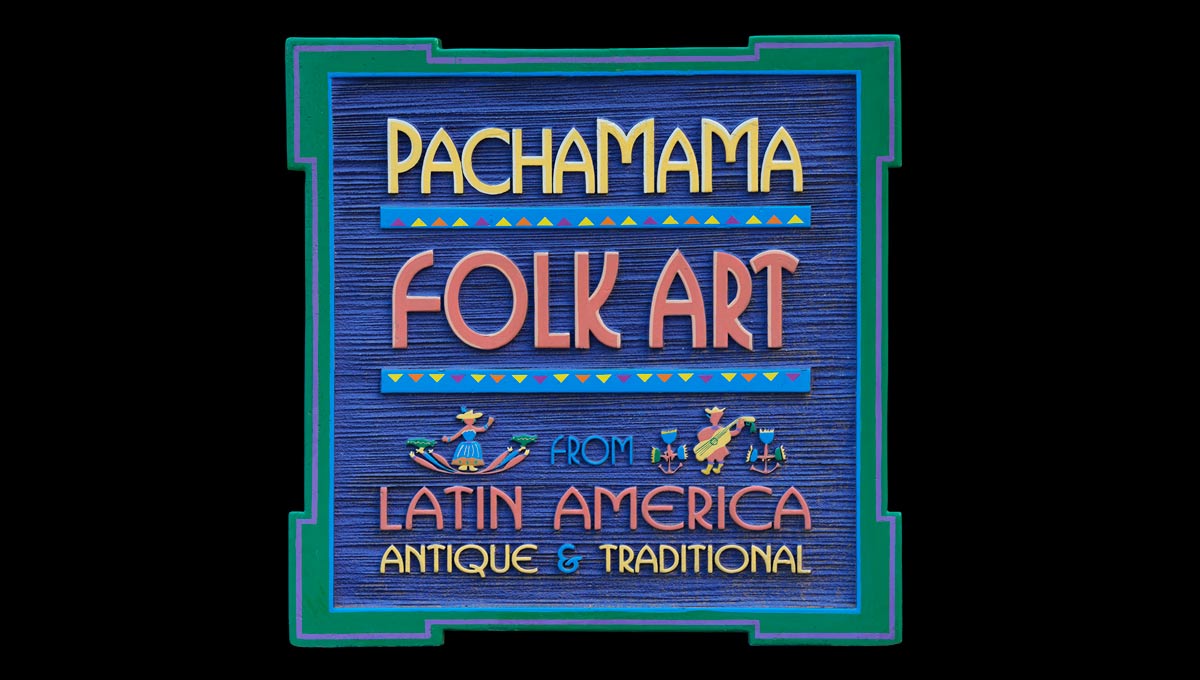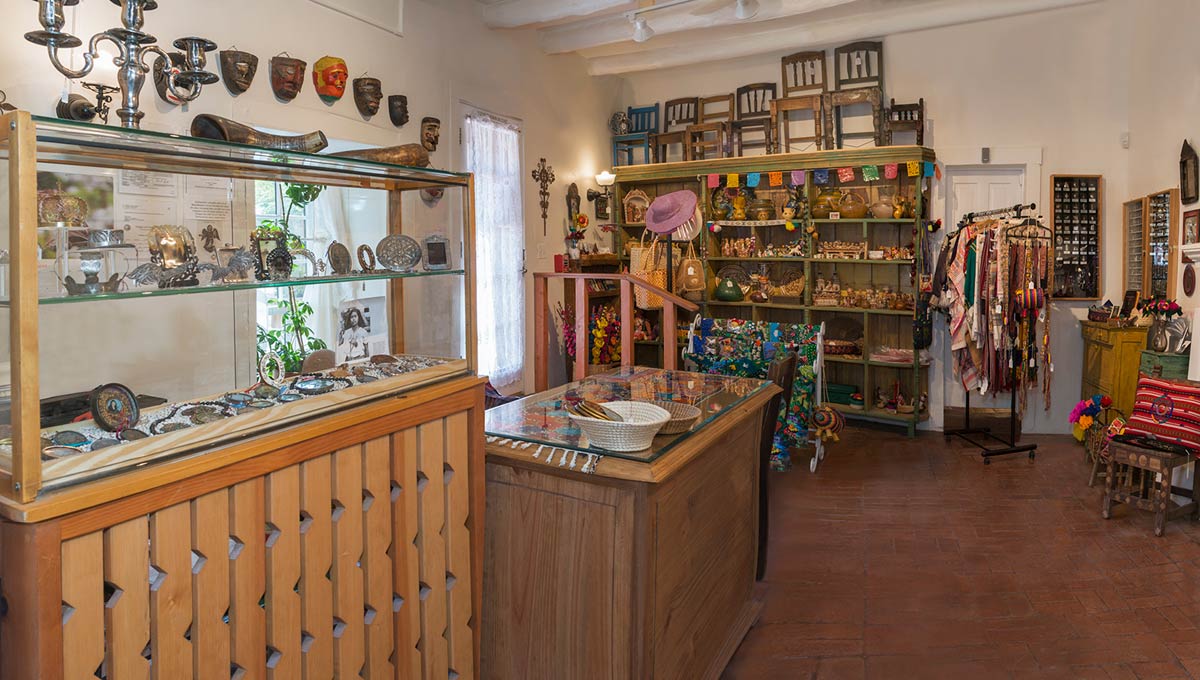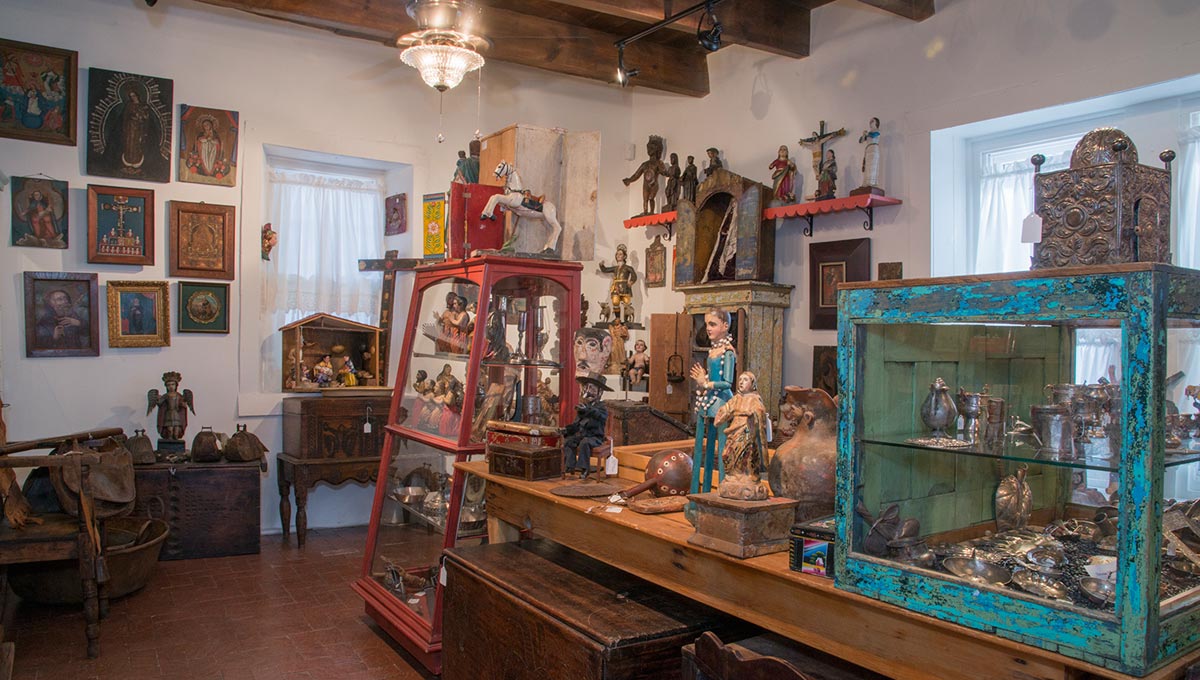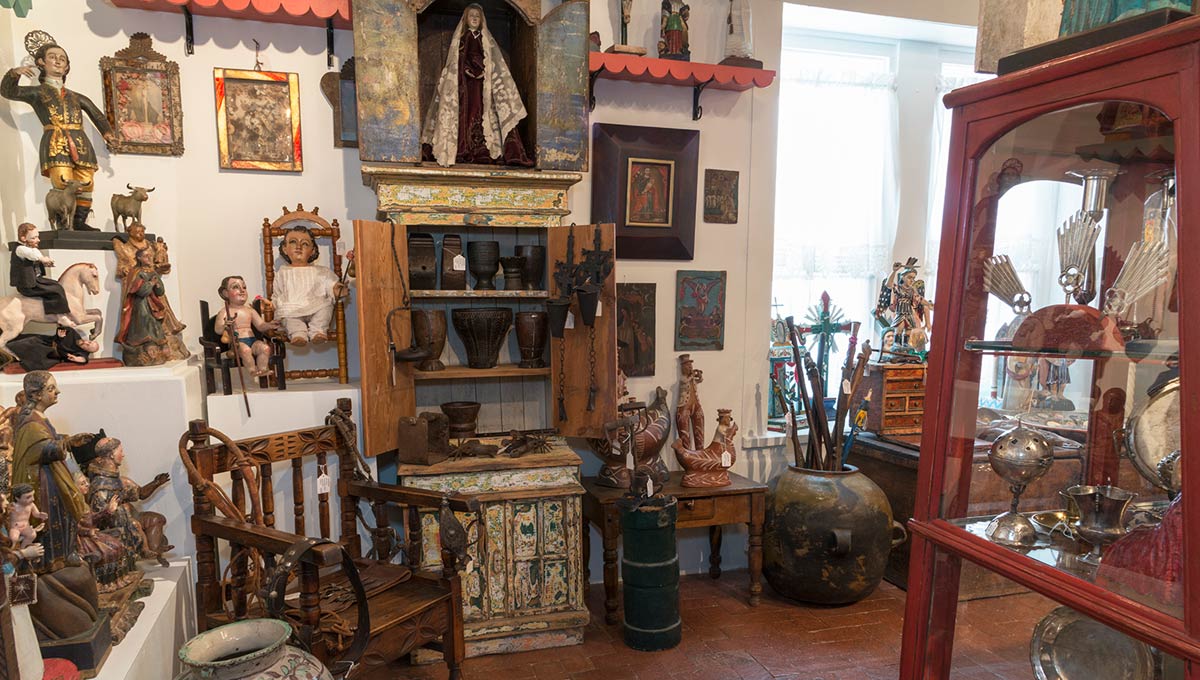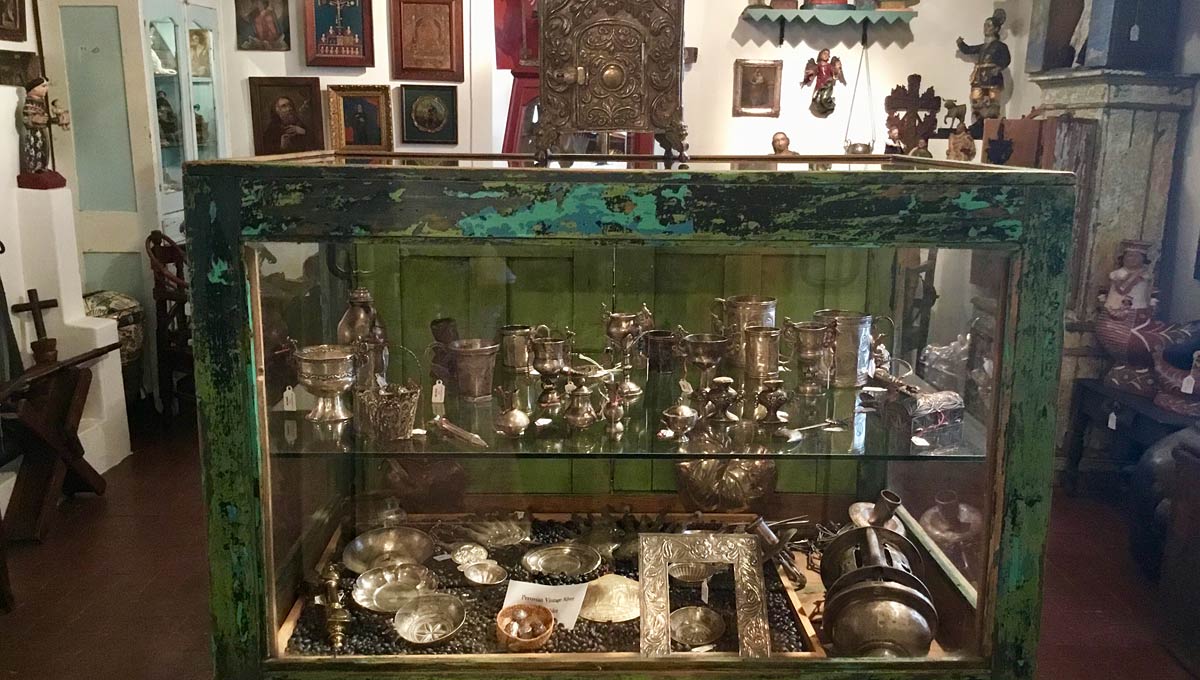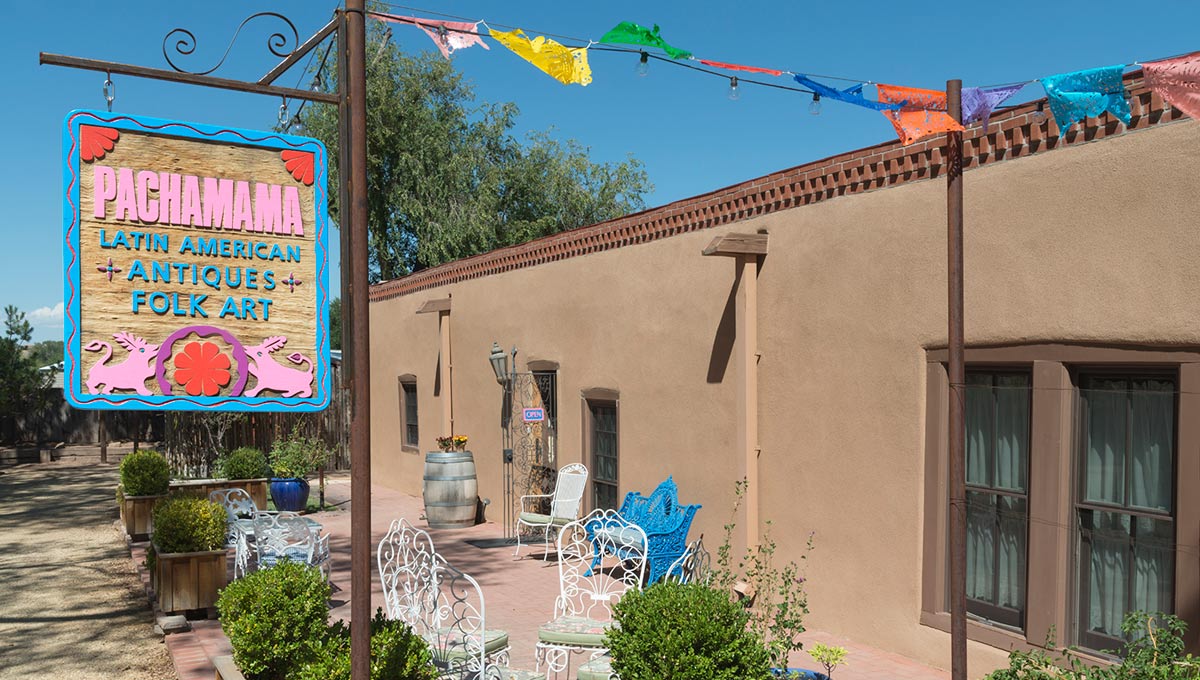Pachamama
Pachamama is our unique folk art and gift shop located at Casa Perea. Even when you are just passing through Corrales, please stop and visit! You will find an ever changing unique collection from many countries around the world.
About Pachamama
Pachamama, our store named for the Earth Mother of the Andes, dates to 1974. The present owner, Martha Egan, bought the business in 1978 from her sister Polly Arango, who founded Pachamama with her husband, John Arango. We are dedicated to presenting the best and most beautiful handmade Latin American Folk Art, new, old, or vintage, at reasonable prices. Whenever possible, we work directly with the artisans who make the special artwork we offer. In New Mexico, this is the house of Milagros and Relicarios.
Browse our collections in our new Gallery at pachamasantafe.com
Upcoming Event at Pachamama
 Pachamama - November 8 & 9 Pop up Sale 2024
Pachamama - November 8 & 9 Pop up Sale 2024POP UP SALE
OUR ANNUAL SPECIAL INVENTORY SALE
AND CLOSEOUT CLEARANCE
Friday, Nov. 8th & Saturday, Nov. 9th
10am - 6pm
Casa Perea Art Space
4829 Corrales Road, Corrales, NM
87048
505-503-7636
Antiques
Our silver objects—cups, bowls, candlesticks, plates, crucifixes, and equestrian gear—are vintage. Each item is unique, handcrafted, and well-crafted. Silversmithing remains a high art form in Mexico and in the Andes.
We have furnished Casa Perea and Pachamama with authentic and usable Spanish Colonial and nineteenth century chairs, tables, benches, wooden trunks, leather petaca trunks, and pottery. Some of our furnishings are for sale; others form part of our museum, a work in progress.
Browse our collections in our new Gallery at pachamasantafe.com
Jewelry
Who doesn't love a bit of bling? Our earrings, necklaces, rings, pins, shawl pins, crosses, and pendants, vintage and new, are based on long-standing traditions of silversmithing and craftsmanship. Whether a vintage necklace of coral, silver, and glass trade beads, or a new hand-wrought silver chain with an Andean opal pendant, we strive to offer high-quality, handmade work to be worn and treasured for years to come. We're happy to provide information about our jewelry, especially as our staff is knowledgeable about jewelry making. We specialize in silver filigree, mostly vintage, as well as gilded silver—vermeil.
Browse our collections in our new Gallery at pachamasantafe.com
Relicarios
The Iberian tradition of wearing reliquary pendants remained strong in her colonies. Curiously, however, few of these two-sided, handsome, painted or sculpted religious images, usually set behind glass in silver or gilded silver frames, contained actual relics. The term became symbolic and based on tradition. Some relicarios, metal-framed small religious prints, served as simple presents that missionaries gave to their new converts. Eventually, they became a popular art form, meant for private devotion, or to publicly display religious devotion to a particular saint or the Virgin. Men, women, slaves, nuns, and priests considered them powerful amulets to protect the wearer from harm. Elegant gold, gem, and pearl framed relicarios also served to evade Sumptuary Laws that forbade colonists or their servants from wearing flashy jewelry. Some were finely painted miniatures of religious themes or exquisite tiny carvings of boxwood, ivory, other woods, alabaster, and tagua nut, vegetal ivory. Relicarios are of special interest to Pachamama's owner; she writes about them and gives talks.
Browse our collections in our new Gallery at pachamasantafe.com
Textiles
Latin American weavers and knitters have produced fine textiles for wear and ceremonial use for thousands of years, with materials such as alpaca, vicuña, llama, dog hair, wild silk, and various colors of native cotton; and in the post-Conquest era, sheep and goat hair wool as well. The textiles we offer are mostly vintage and traditional, with some wearable museum-quality examples: ponchos, shawls, belts, bags, hats, huipiles (native blouses), and blankets.
Browse our collections in our new Gallery at pachamasantafe.com
